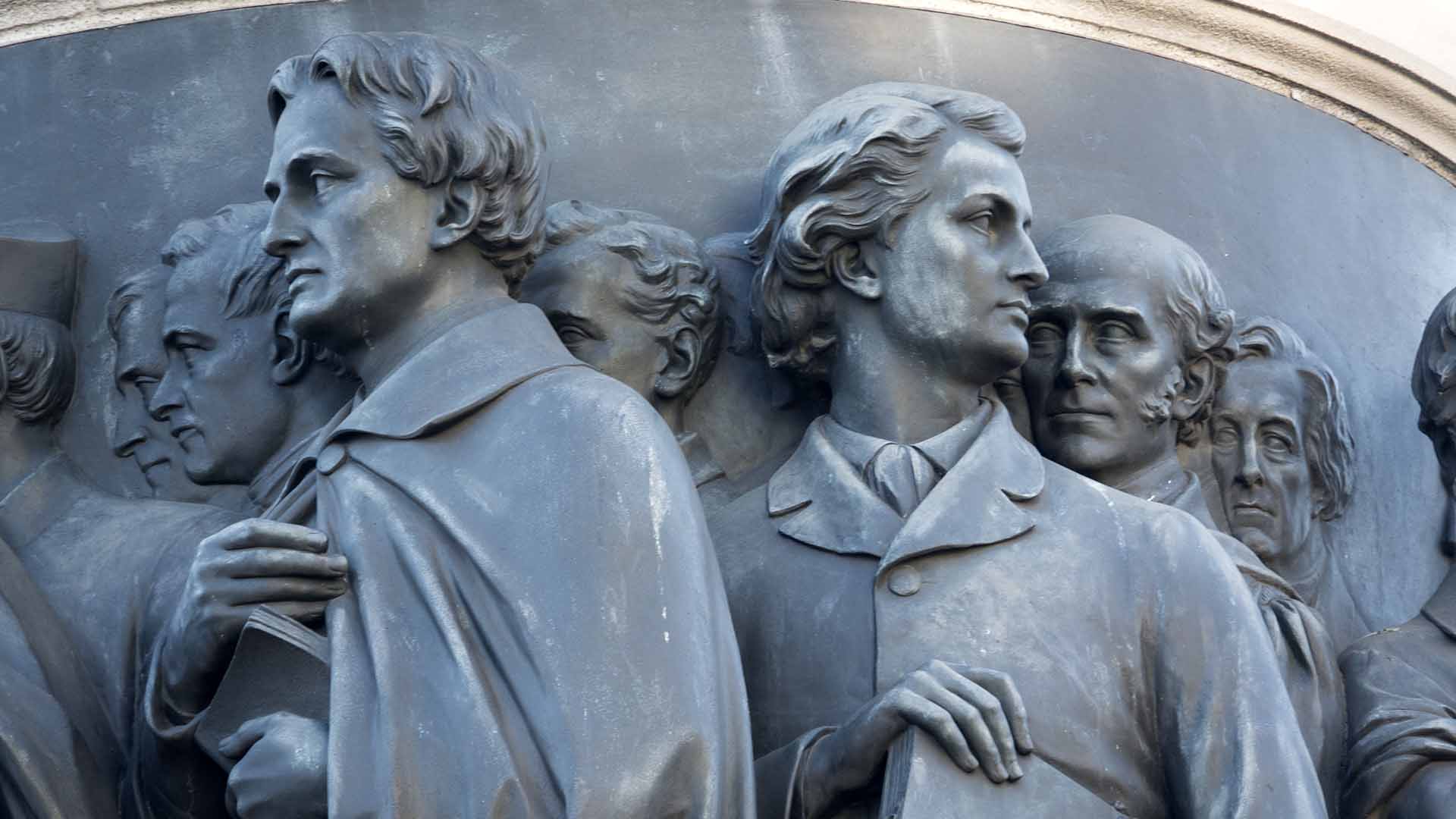Fenit
Fenit
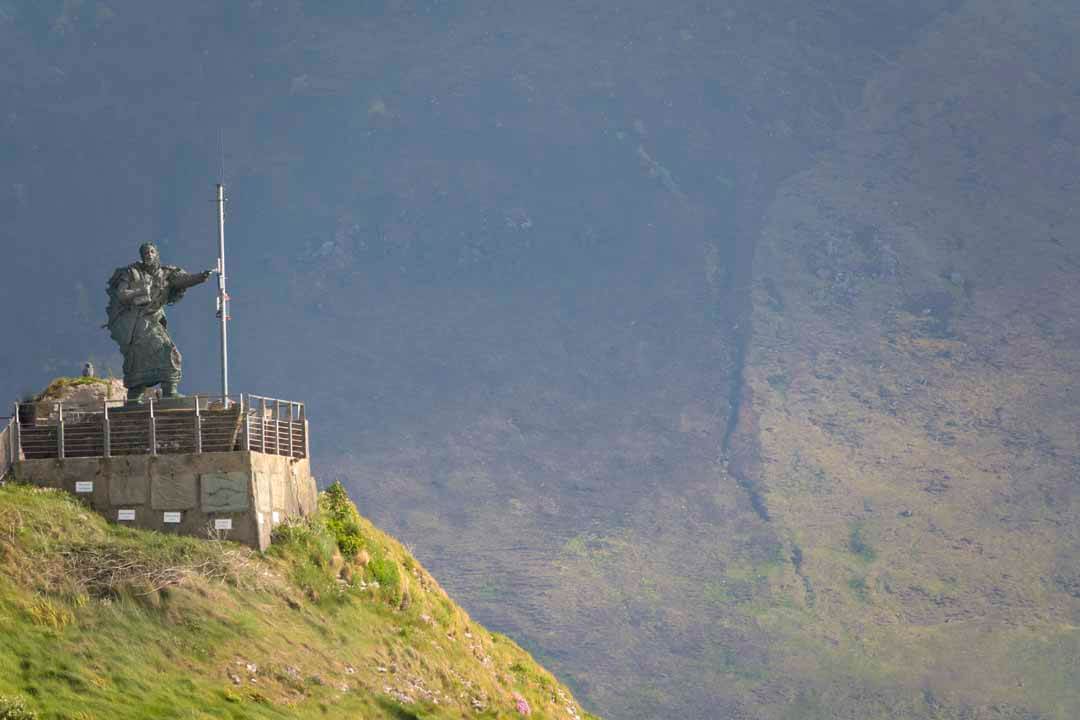
Fenit is ideal for a short walk along with lovely scenery, free parking near the old rail line, now a greenway to Tralee. We walked to the St Brendan statue, then around the coast to look at the lighthouse which is situated on a small rocky offshore island. Saw lots of dog walkers and people making use of the swimming platform, still open water swimming sounds as enjoyable as a cold shower, and you need to be a reasonable swimmer for sure.
Fenit is ideal for a short walk along with lovely scenery, free parking near the old rail line, now a greenway to Tralee. We walked to the St Brendan statue, then around the coast to look at the lighthouse which is situated on a small rocky offshore island. Saw lots of dog walkers and people making use of the swimming platform, still open water swimming sounds as enjoyable as a cold shower, and you need to be a reasonable swimmer for sure.
The Fenit to Tralee greenway is finished and Fenit is the crock of gold at the end of this greenway.
The Fenit to Tralee greenway is finished and Fenit is the crock of gold at the end of this greenway.
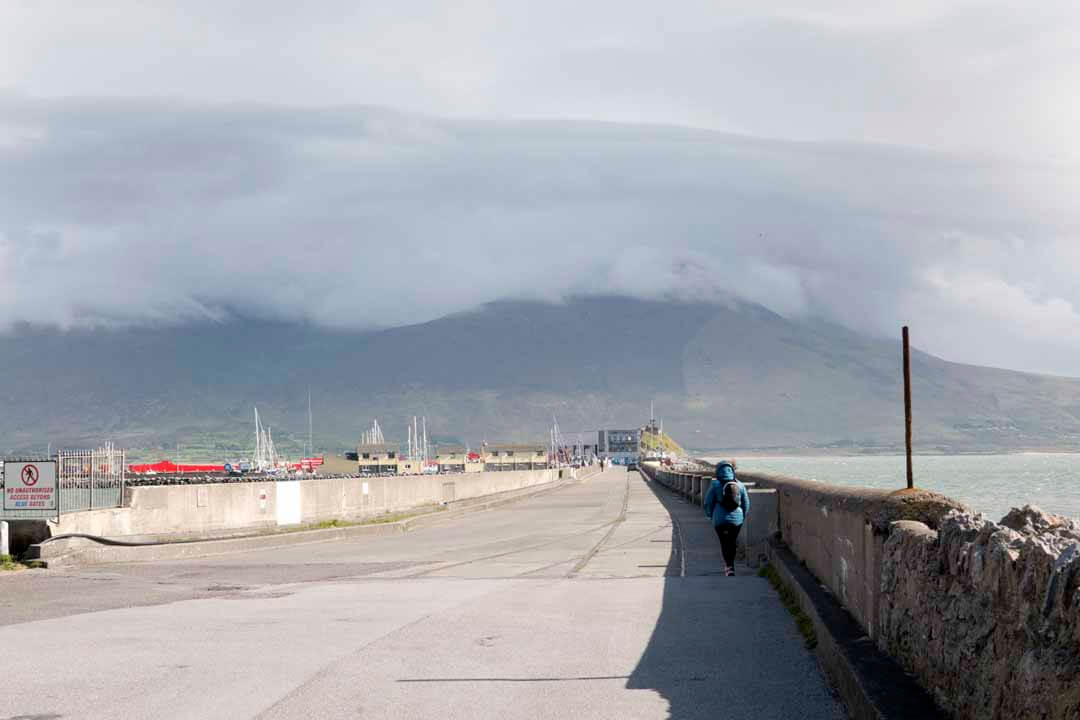
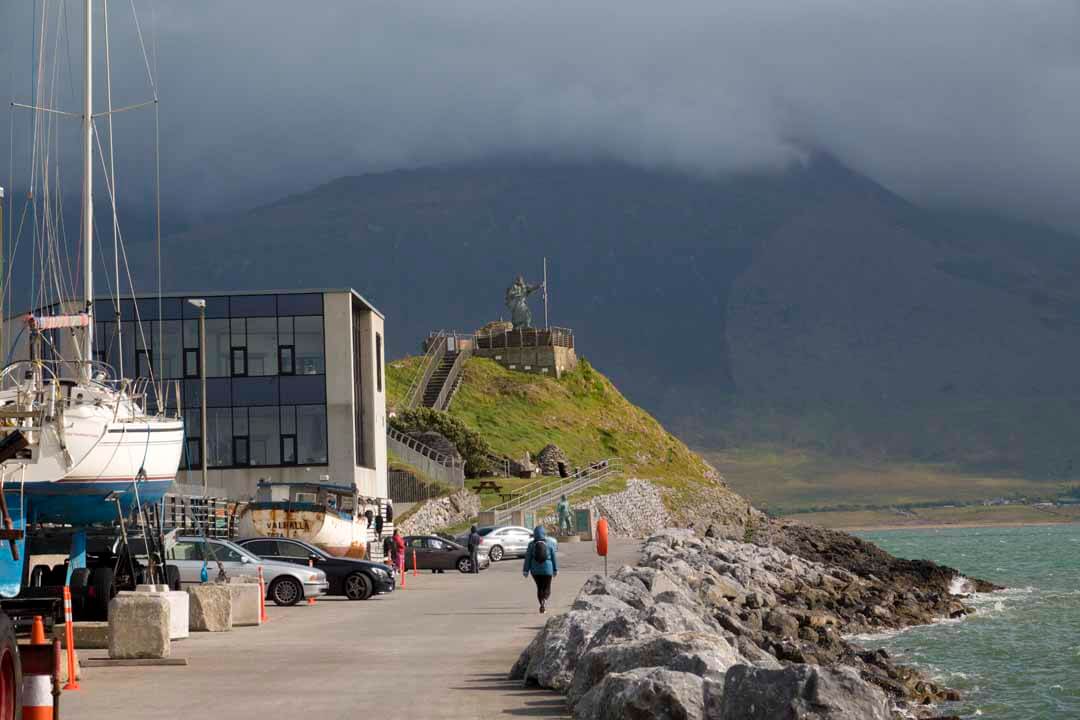
St Brendan the Navigator
St Brendan the Navigator
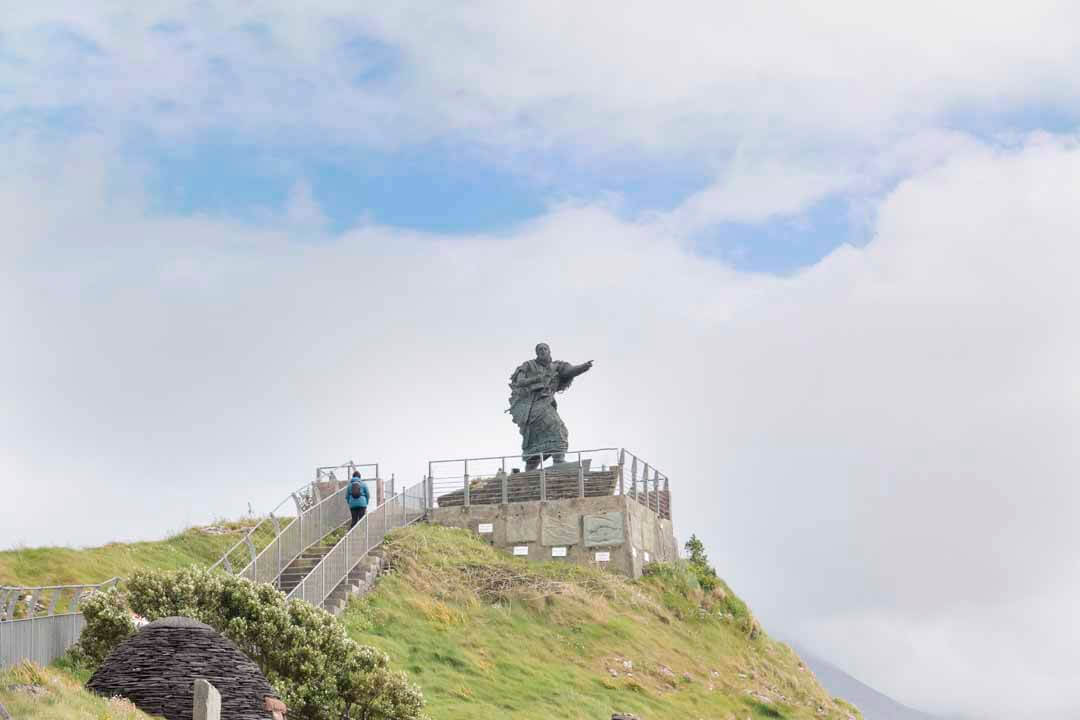
When you visit Feint perhaps by the Tralee to Fenit Greenway that’s now open, St Brendan the Navigator is waiting on samphire Island, this statue stands high looking out to sea, and rumour has it, St Brendan he may have discovered America before Columbus, but anyway who knows.
When you visit Feint perhaps by the Tralee to Fenit Greenway that’s now open, St Brendan the Navigator is waiting on samphire Island, this statue stands high looking out to sea, and rumour has it, St Brendan he may have discovered America before Columbus, but anyway who knows.
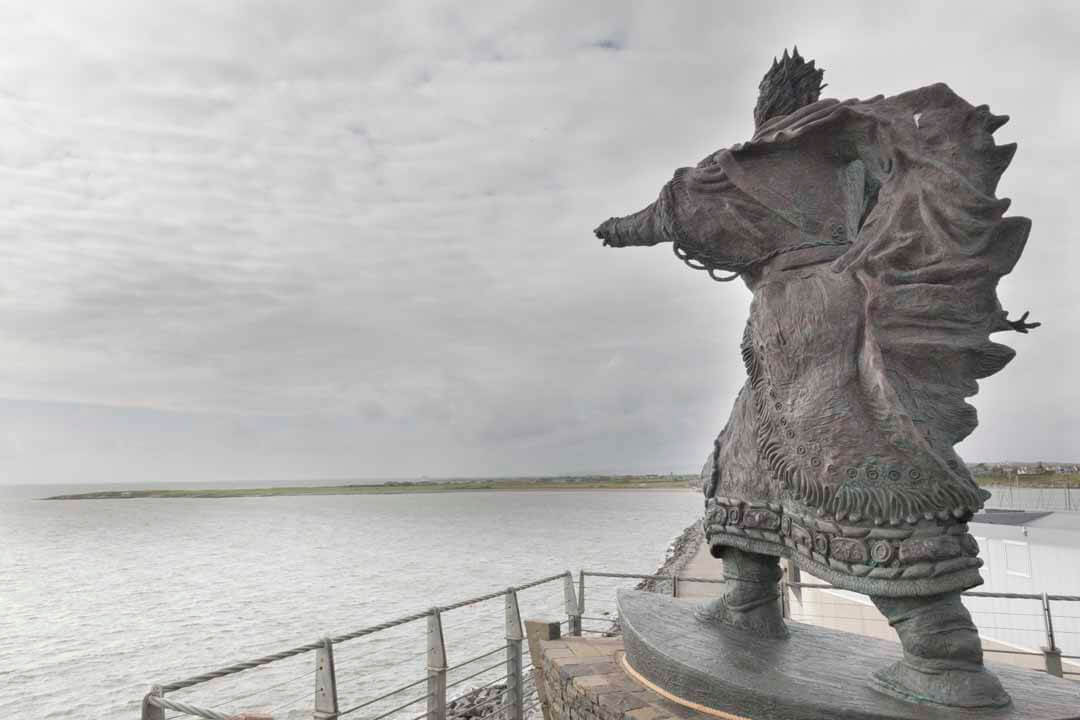
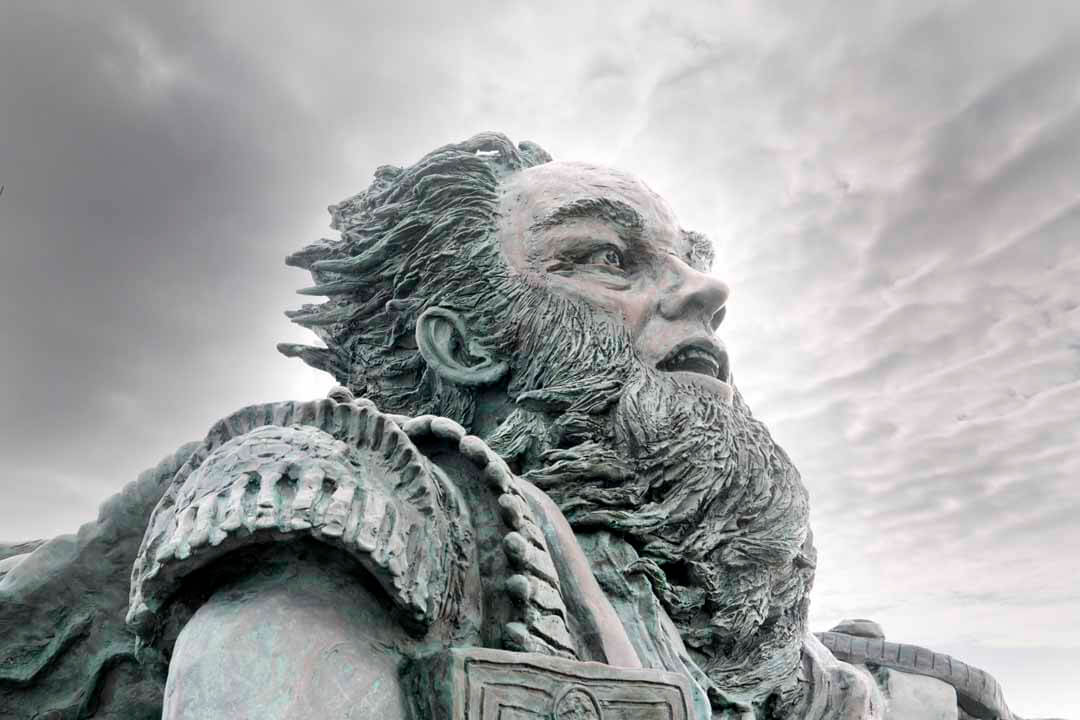
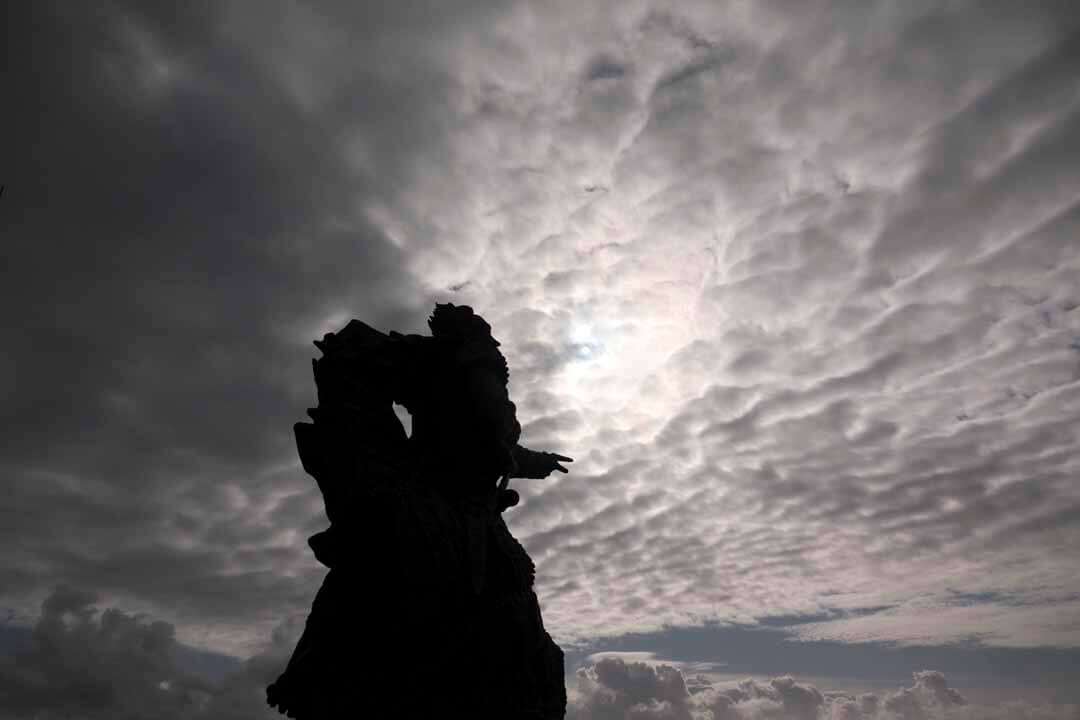
The statue is more than impressive, and the location is top notch, St Brendan was born nearby on Fenit Island. This two-ton bronze statue is 12 foot high, and was financed by locals. Unveiled sep 19th 2004, and designed by Taghg O’Donoghue.
The statue is more than impressive, and the location is top notch, St Brendan was born nearby on Fenit Island. This two-ton bronze statue is 12 foot high, and was financed by locals. Unveiled sep 19th 2004, and designed by Taghg O’Donoghue.
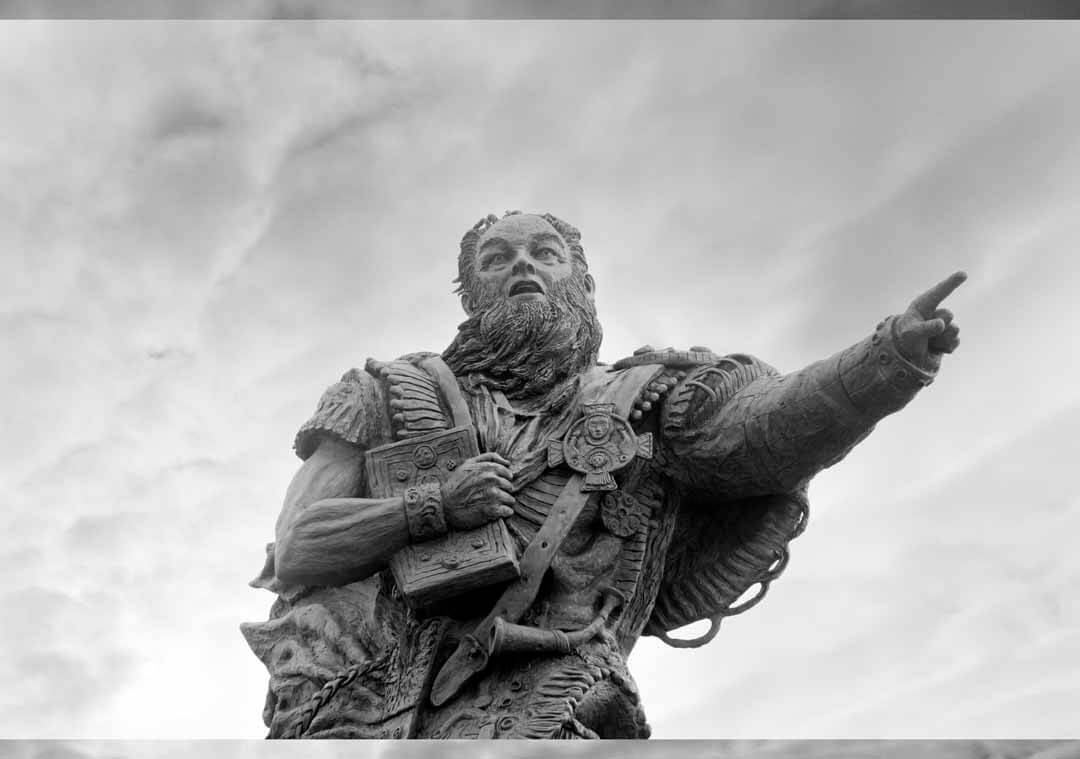
Looking for a sandy beach or to go open water swimming, although the water is ridiculously cold, even in Ireland’s so called summer visit Fenit. Sailing and other water sports are also the rage on this Blue Flag beach. But if dry ground is your preference why not avail of the picnic tables and enjoy views of St Brendan with the Dingle peninsula as a backdrop. With a car-park close to the under construction greenway to Tralee and public toilets what more do you need. Although we enjoyed Fenit, in 1583 when a Spanish ship from the Armada surrendered here, all were hanged, no Cead Mille Failte for these 24 unfortunate souls, and during the Civil War Free State soldiers landed here in a bid to take Kerry.
Looking for a sandy beach or to go open water swimming, although the water is ridiculously cold, even in Ireland’s so called summer visit Fenit. Sailing and other water sports are also the rage on this Blue Flag beach. But if dry ground is your preference why not avail of the picnic tables and enjoy views of St Brendan with the Dingle peninsula as a backdrop. With a car-park close to the under construction greenway to Tralee and public toilets what more do you need. Although we enjoyed Fenit, in 1583 when a Spanish ship from the Armada surrendered here, all were hanged, no Cead Mille Failte for these 24 unfortunate souls, and during the Civil War Free State soldiers landed here in a bid to take Kerry.
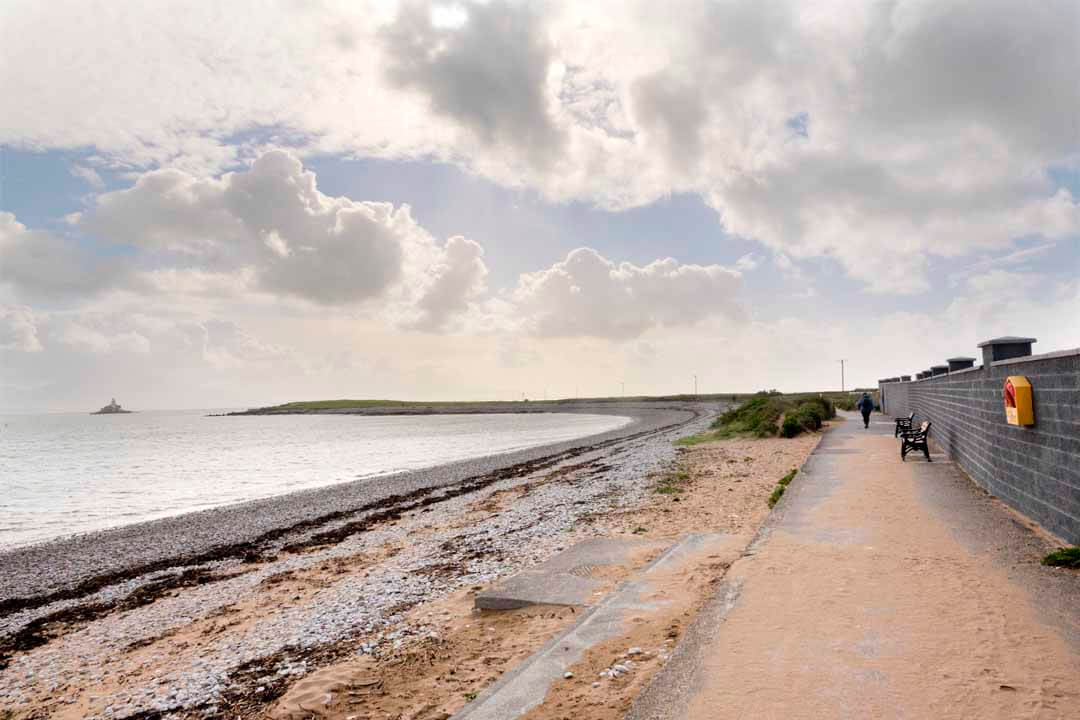
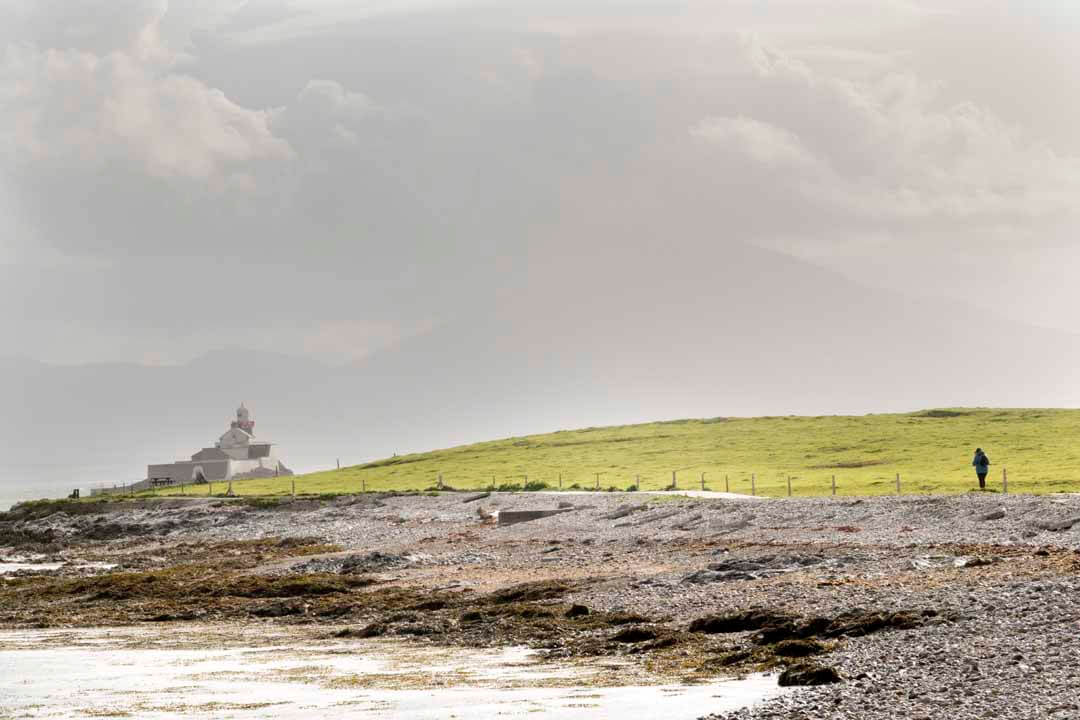
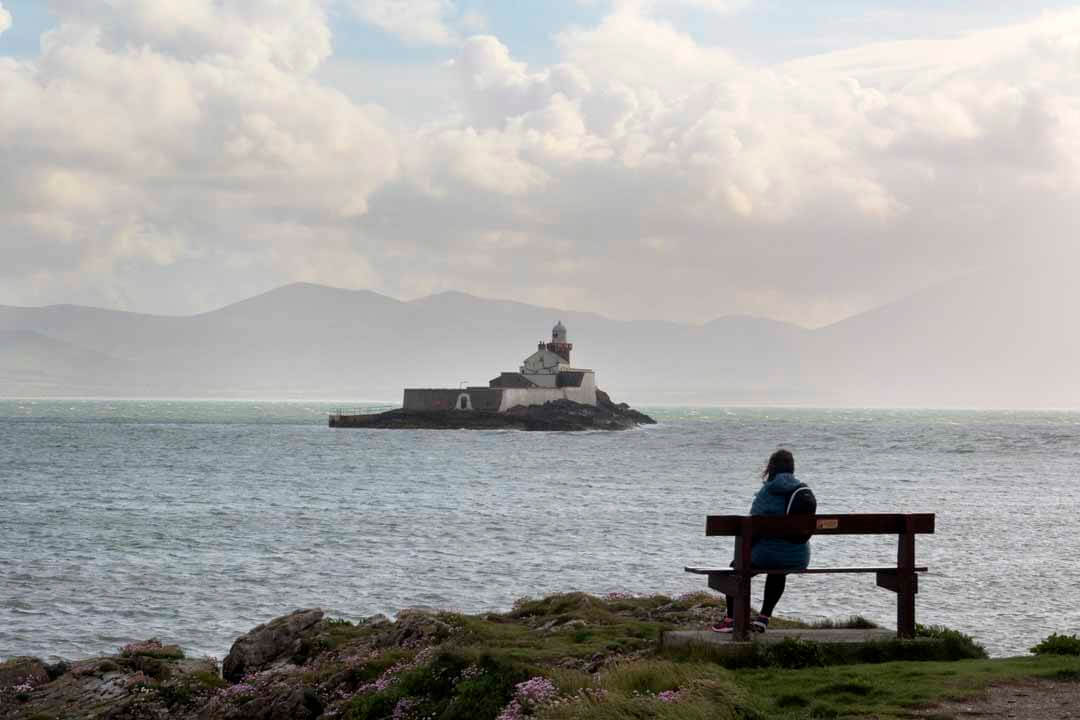
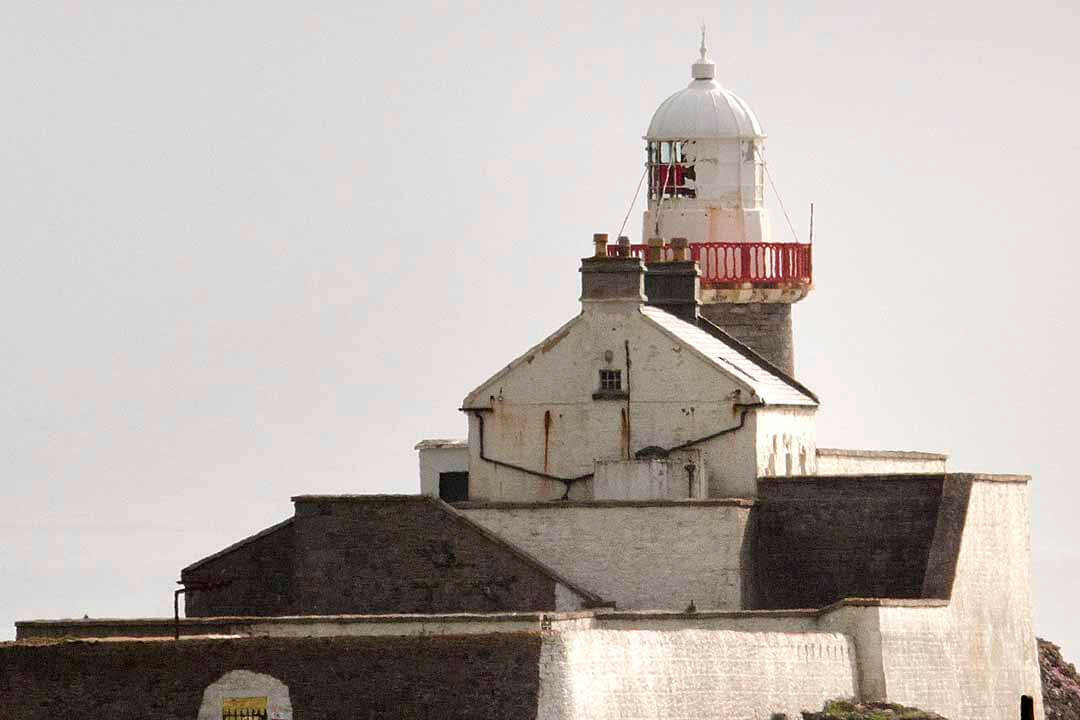
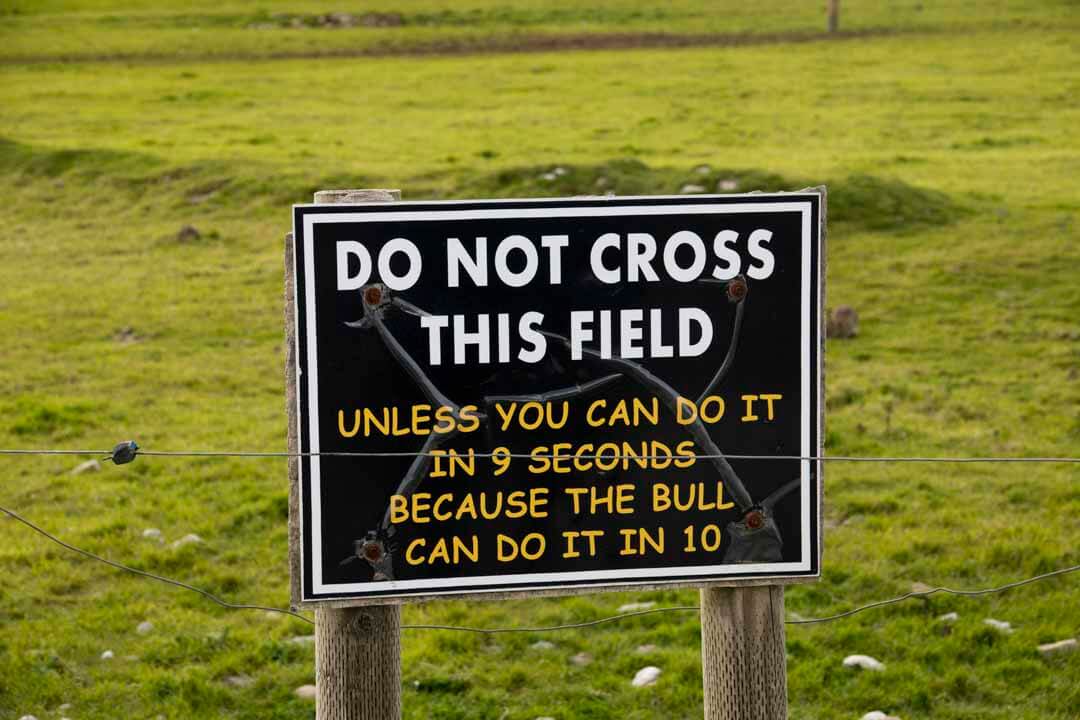
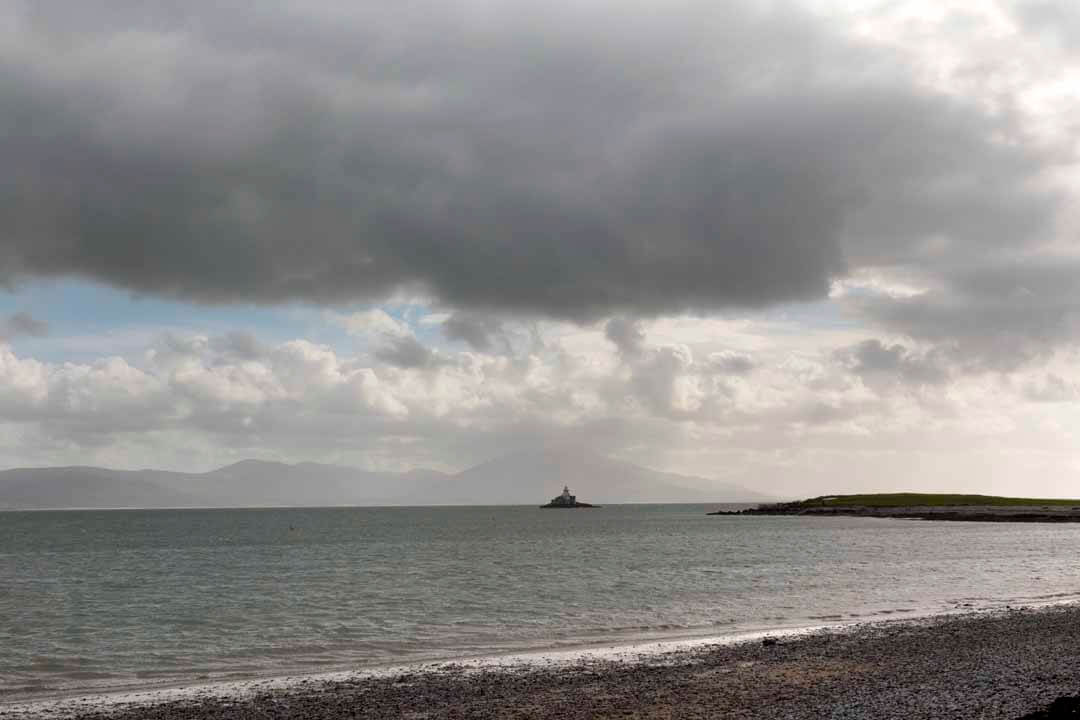
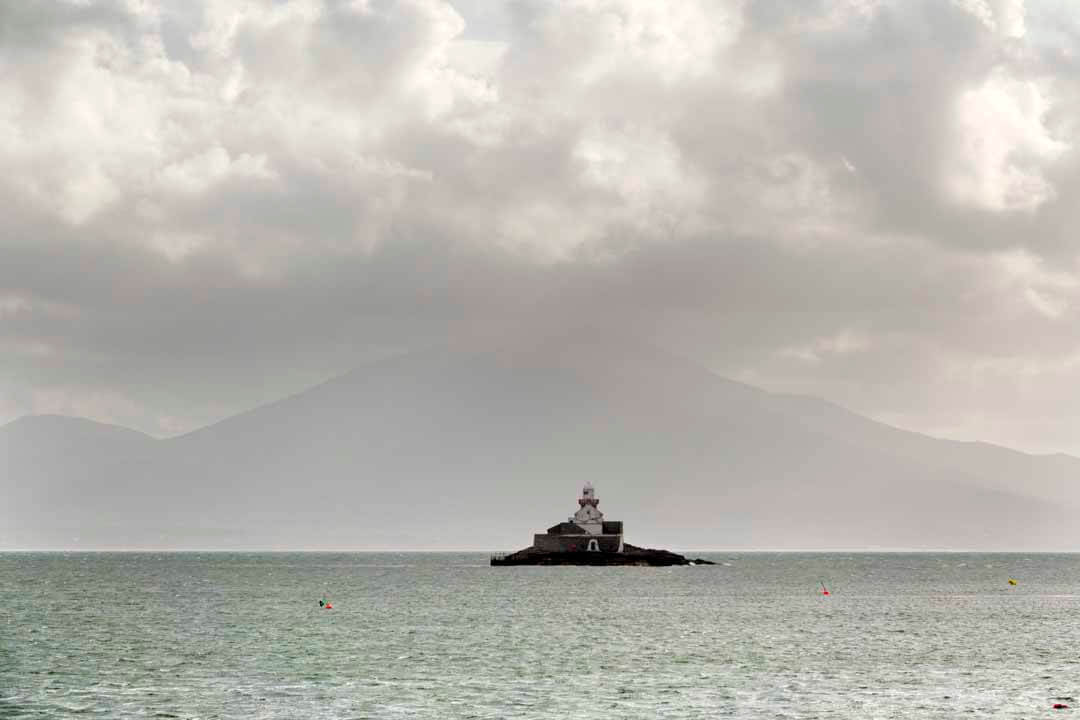
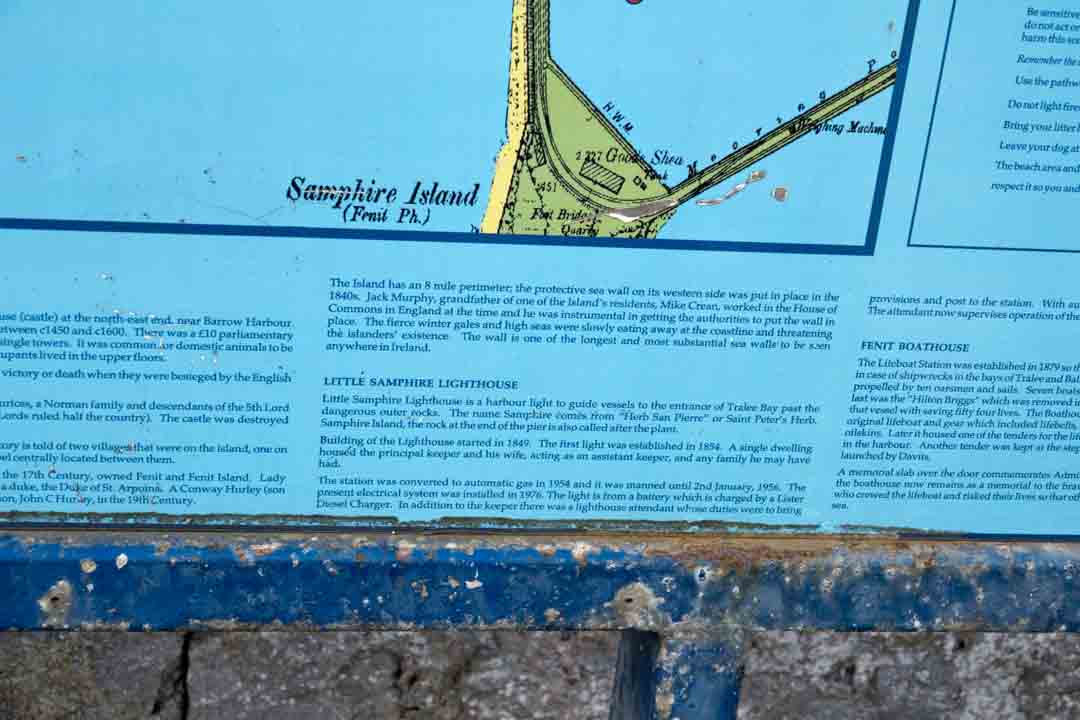
Text from above
Dominating the island is the ruined tower-house (castle) at the north-east end, near Barrow Harbour. Tower houses were fortified structures built between c1450 and c1600. There was a £10 parliamentary grant towards the cost of construction of these single towers. It was common for domestic animals to be sheltered in the ground floor area while the occupants lived in the upper floors. The owners of tower houses knew it was either victory or death when they were besieged by the English forces.
Dominating the island is the ruined tower-house (castle) at the north-east end, near Barrow Harbour. Tower houses were fortified structures built between c1450 and c1600. There was a £10 parliamentary grant towards the cost of construction of these single towers. It was common for domestic animals to be sheltered in the ground floor area while the occupants lived in the upper floors. The owners of tower houses knew it was either victory or death when they were besieged by the English forces.
Fenit Island’s castle is linked with the Fitzmaurice’s, a Norman family and descendants of the 5th Lord of Kerry. (By 1200 AD a handful of Norman Lords ruled half the country). The castle was destroyed during the Irish Rebellion of 1641. Two ‘’Mass Paths” lead to the church site. A story is told of two villages were on the island, one on the west and the other on the east with the chapel centrally locate between them. Sir John Locke, a general under Cromwell in the 17th Century, owned Fenit and Fenit Island. Lady Locke, his daughter went to Italy and married a duke, the Duke of St Arpoina. A Conway Hurler (son of Parson Hurley) bought the property for his son, John C Hurley, in the 19th Century.
Fenit Island’s castle is linked with the Fitzmaurice’s, a Norman family and descendants of the 5th Lord of Kerry. (By 1200 AD a handful of Norman Lords ruled half the country). The castle was destroyed during the Irish Rebellion of 1641. Two ‘’Mass Paths” lead to the church site. A story is told of two villages were on the island, one on the west and the other on the east with the chapel centrally locate between them. Sir John Locke, a general under Cromwell in the 17th Century, owned Fenit and Fenit Island. Lady Locke, his daughter went to Italy and married a duke, the Duke of St Arpoina. A Conway Hurler (son of Parson Hurley) bought the property for his son, John C Hurley, in the 19th Century.
The Island has an 8 mile perimeter; the protective sea wall on its western side was put in place in the 1840s. Jack Murphy, grandfather of one of the Island’s residents, Mike Crean, worked in the House of Commons in England at the time and he was instrumental in getting the authorities to put the wall in place. The fierce winter gales and high seas were slowly eating away at the coastline and threatening the islander’s existence. The wall is one of the longest and most substantial sea walls to be seen anywhere in Ireland.
The Island has an 8 mile perimeter; the protective sea wall on its western side was put in place in the 1840s. Jack Murphy, grandfather of one of the Island’s residents, Mike Crean, worked in the House of Commons in England at the time and he was instrumental in getting the authorities to put the wall in place. The fierce winter gales and high seas were slowly eating away at the coastline and threatening the islander’s existence. The wall is one of the longest and most substantial sea walls to be seen anywhere in Ireland.
Little Samphire Lighthouse
Little Samphire Lighthouse
Little Samphire Lighthouse is a harbour light to guide vessels to the entrance of Tralee Bay past the dangerous outer rocks. The name Samphire comes from ‘’Herb San Pierre” or Saint Peter’s Herb. Samphire Island, the rock at the end of the pier is also called after the plant. Building of the Lighthouse started in 1849. The first light was established in 1854. A single dwelling housed the principal keeper and his wife, acting as an assistant keeper, and any family he may have had.
The station was converted to automatic gas in 1954 and it was manned until 2nd January, 1956. The present electrical system was installed in 1976. The light is from a battery which is charged by a Lister Diesel Charger. In addition to the keeper there was a lighthouse attendant whose duties were to bring provisions and post to the station. With automation this attention ceased. The attendant now supervises operation of the light.
Little Samphire Lighthouse is a harbour light to guide vessels to the entrance of Tralee Bay past the dangerous outer rocks. The name Samphire comes from ‘’Herb San Pierre” or Saint Peter’s Herb. Samphire Island, the rock at the end of the pier is also called after the plant. Building of the Lighthouse started in 1849. The first light was established in 1854. A single dwelling housed the principal keeper and his wife, acting as an assistant keeper, and any family he may have had.
The station was converted to automatic gas in 1954 and it was manned until 2nd January, 1956. The present electrical system was installed in 1976. The light is from a battery which is charged by a Lister Diesel Charger. In addition to the keeper there was a lighthouse attendant whose duties were to bring provisions and post to the station. With automation this attention ceased. The attendant now supervises operation of the light.

Tralee to Fenit Greenway
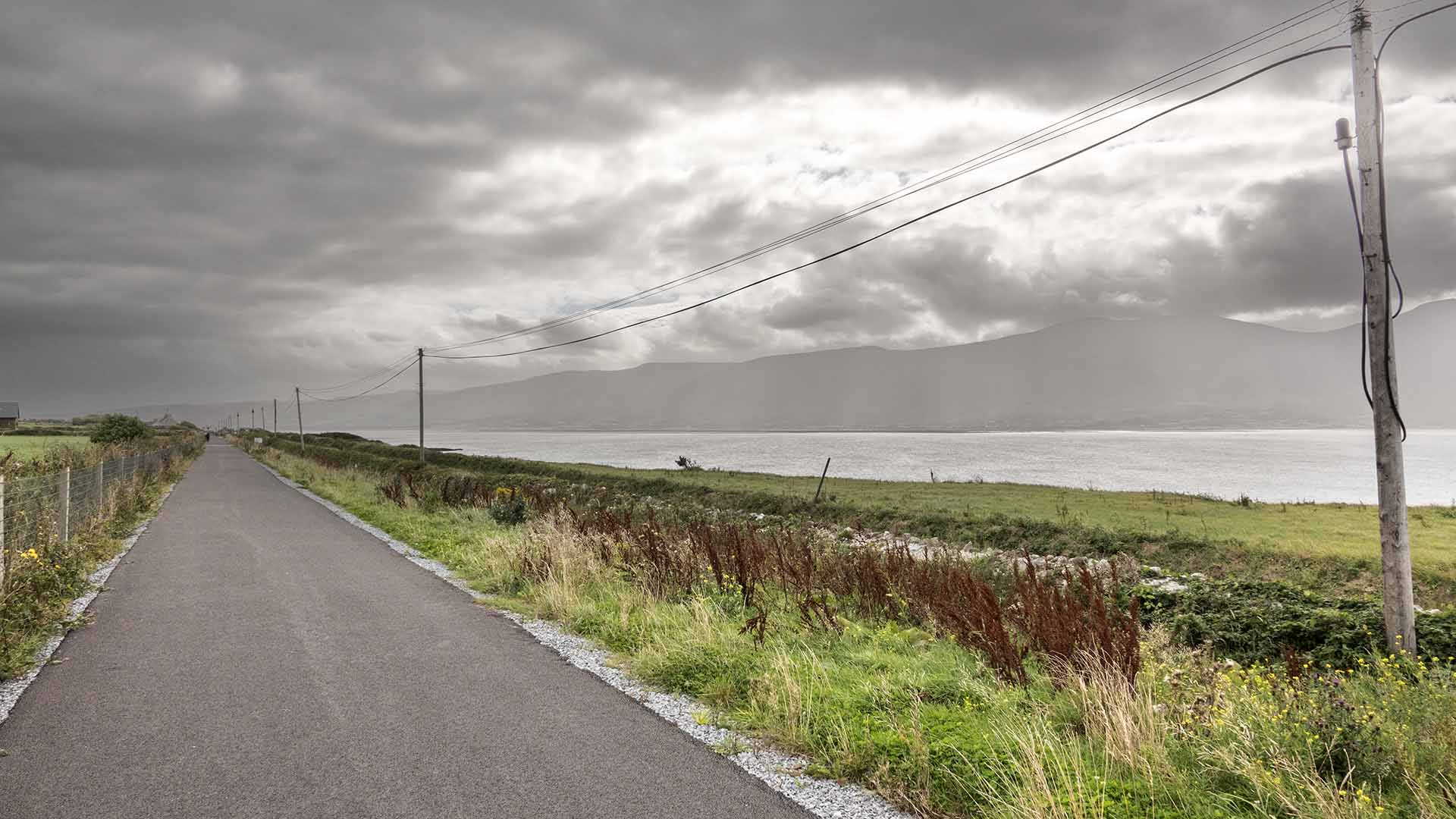

Phil Lynott Statue
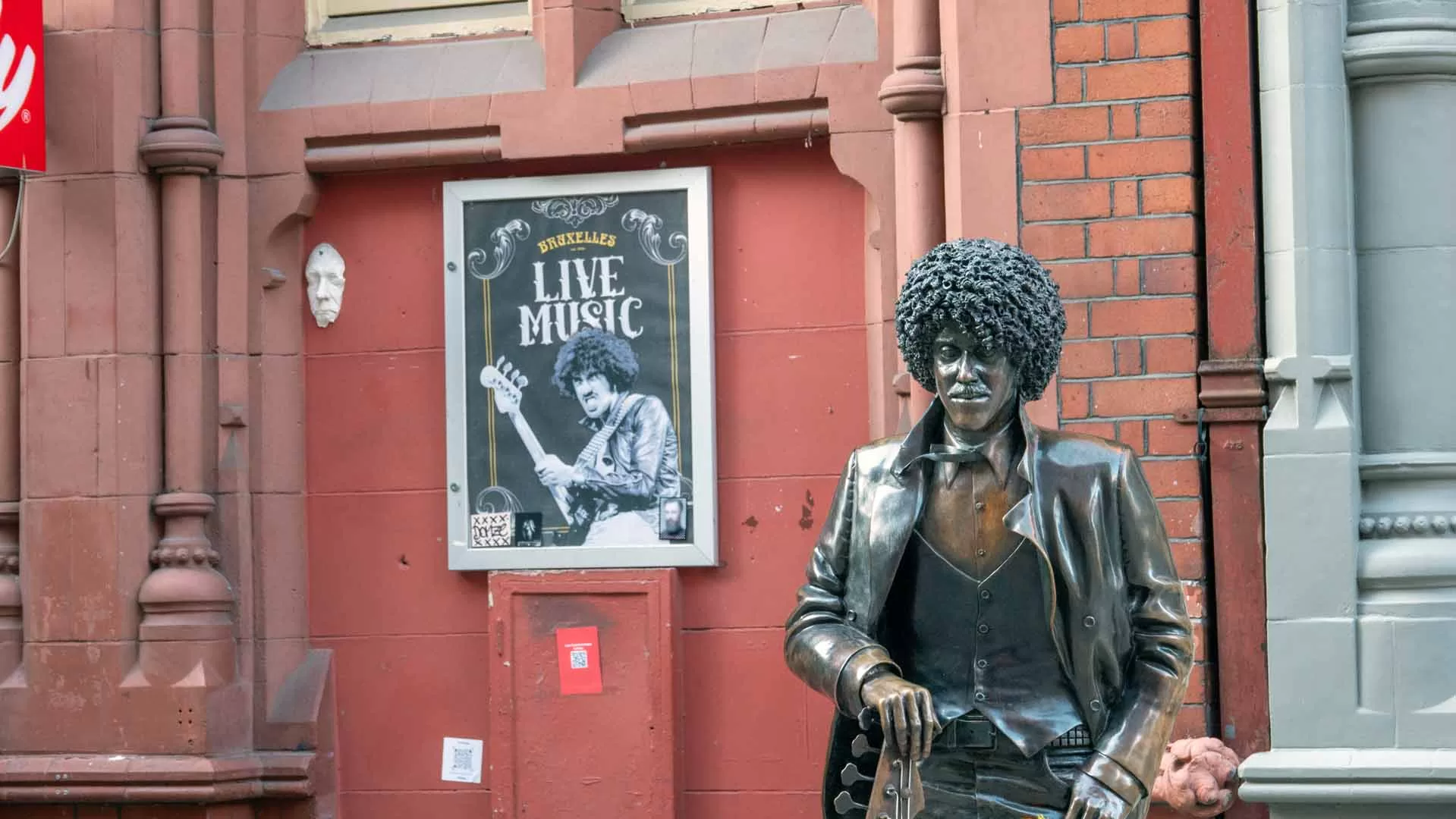

Luke Kelly Statue (Both Statues)
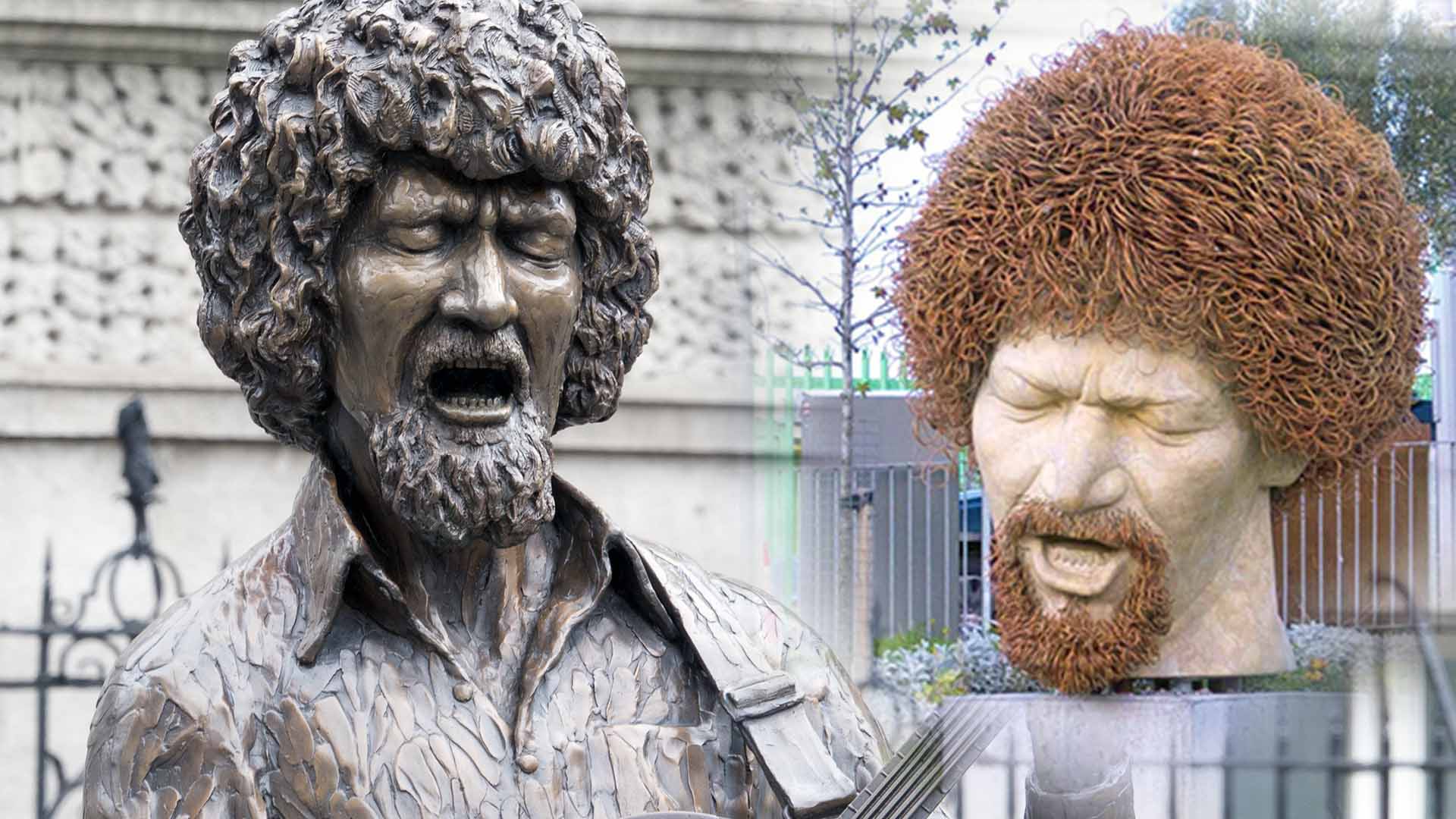

Edmund Burke Statue
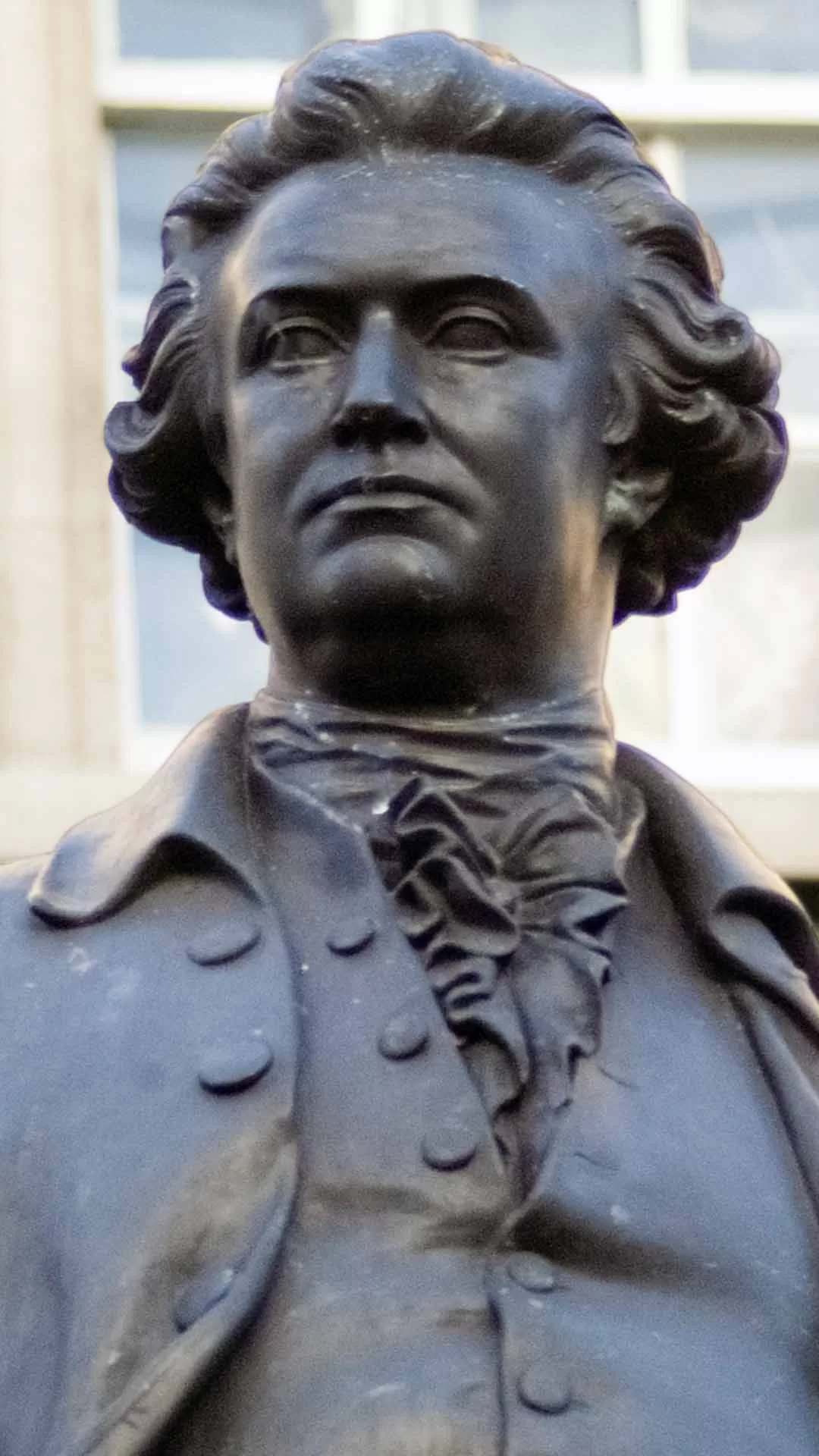
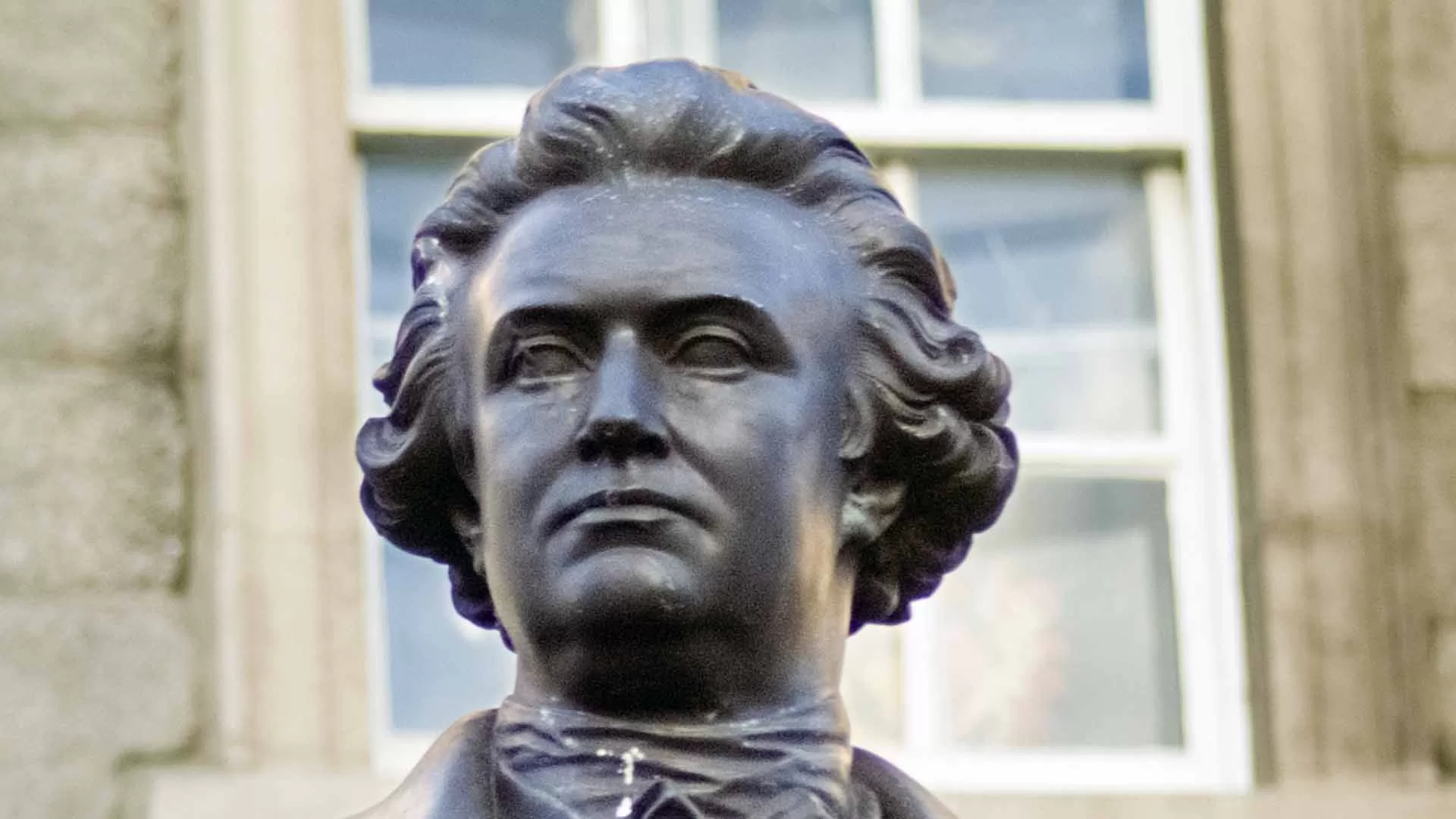

Oscar Wilde Statue
Oscar Wilde Statue
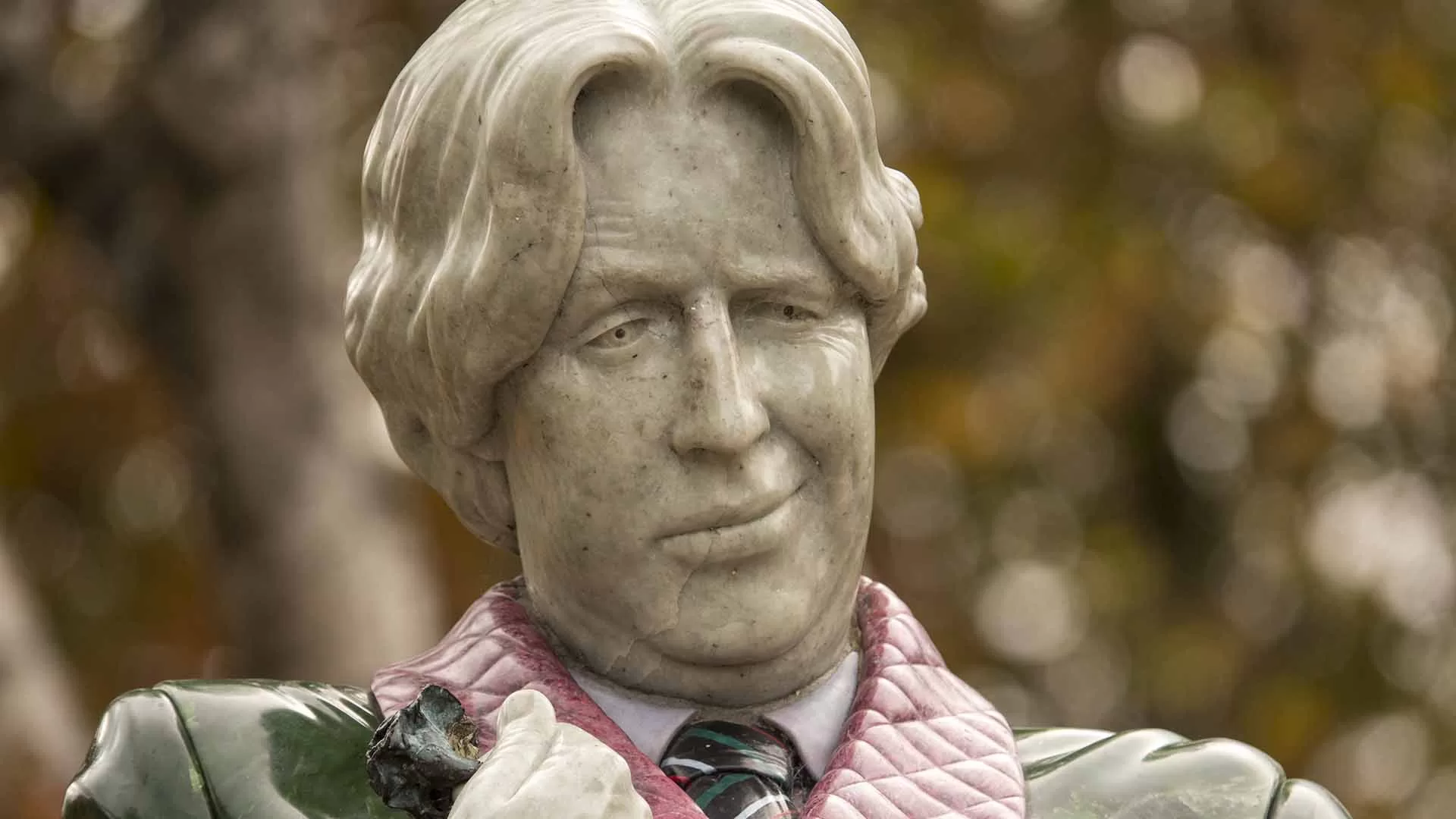

Daniel O’Connell Monument
Daniel O’Connell Monument
